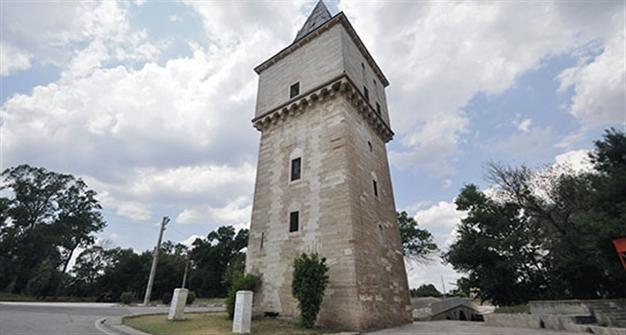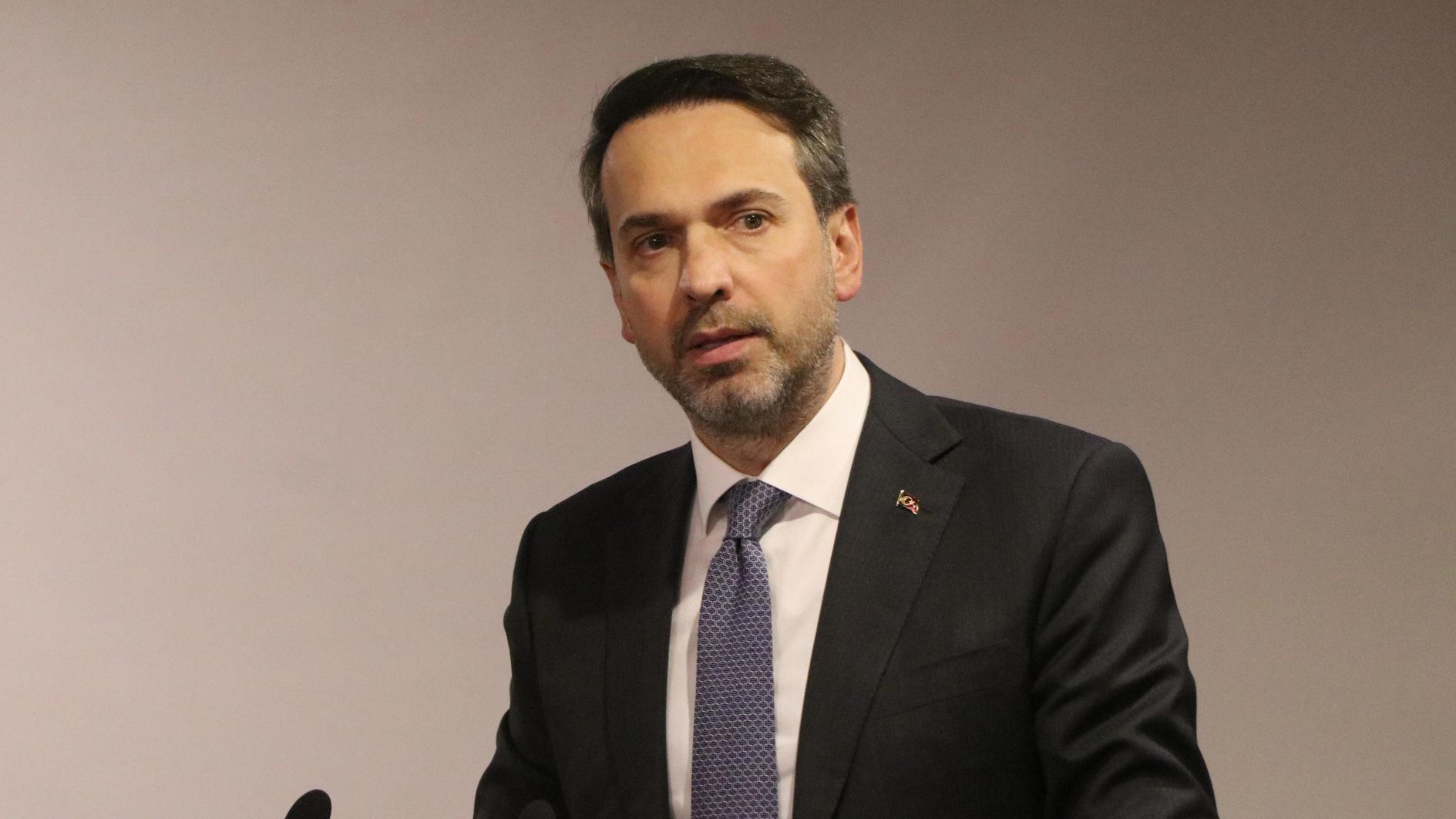Power plant to be constructed on palace site in Turkey’s northwest
Ömer Erbil ISTANBUL

The photo features the Justice Qasr (Adalet Kasrı) located in the garden of the Edirne Palace, which was started to be constructed in the 15th century during the reign of Murat II and ended during the reign of Fatih Sultan Mehmet.
An energy power plant will be built in the northwestern province of Edirne, at a location where ruins from the Ottoman-era Edirne Palace might be underground.The project, called the “River Tunca Recreation and Energy Project,” aims to construct a power plant and recreational area on the garden of the Edirne Palace.
The project, which will be a joint project of the Edirne Municipality, the Edirne Provincial Administration and the Edirne Chamber of Commerce and Industry, will be implemented by the Thrace Development Agency. The project will cost a total of 10 million Turkish Liras, of which 4 million will be paid by the Thrace Development Agency.
The area where the project will be built begins at the flood plain of the Tunca River, and covers the area where the annual Kırkpınar oil wrestling festival is held, as well as the Beyazıd II social complex. While a section of the area is the Edirne Palace’s archaeological site, no preservation order has been reserved for the area, despite the fact that it contains holds historical structures.
Construction of the Edirne Palace began in the 15th century during the reign of Murat II and ended during the reign of Fatih Sultan Mehmet in the same century. Although Istanbul was made into the imperial capital after its conquest in 1453, the Edirne Palace was seen as an important symbol of the Ottoman Empire.
According to the latest development plan, the riverbed will be altered to create new canals and islets, where boats will be able to sail and rowing competitions will be held. Along with a concert area, restaurants, cafes and tea gardens, a power plant capable of producing 1000 kilowatts of electricity will be constructed.
The project does not contain any clauses for the preservation or restoration of the site’s cultural heritage.
News of the project comes after Professor Mustafa Özer, the head of the Edirne Palace excavations, which have been working in the area since 2009, announced in November 2014 that cultural officials were working on a plan to bestow the Edirne Palace with “ancient site” status.
“The restoration of the palace kitchen [Matbah-i Amire] and the bath of Kum Qasr were finished this year. We have progressed on the restoration work of the Cihannüma Qasr, one of the notable parts of the palace. The building survey has been approved by the Edirne Cultural Heritage Preservation Board. The restitution and restoration projects are waiting to be approved. When the work is done, the whole palace will be restored and conserved,” Özer had said on Nov. 21, 2014.
Turkey is currently implementing an aggressive power plant construction policy that has caused controversy over costs.
Around 6,000 olive trees were cut down in one night on Nov. 7, 2014, for the construction of a power plant in the Aegean village of Soma, which was hit by Turkey’s worst-ever mining accident that killed 301 miners only six months before. The latest development in the case saw the Council of State dismiss the cabinet’s rapid expropriation decision in the village of Yırca on Dec. 26, marking a crucial ruling for the locals who lost thousands of olive trees because of the power plant project.
















